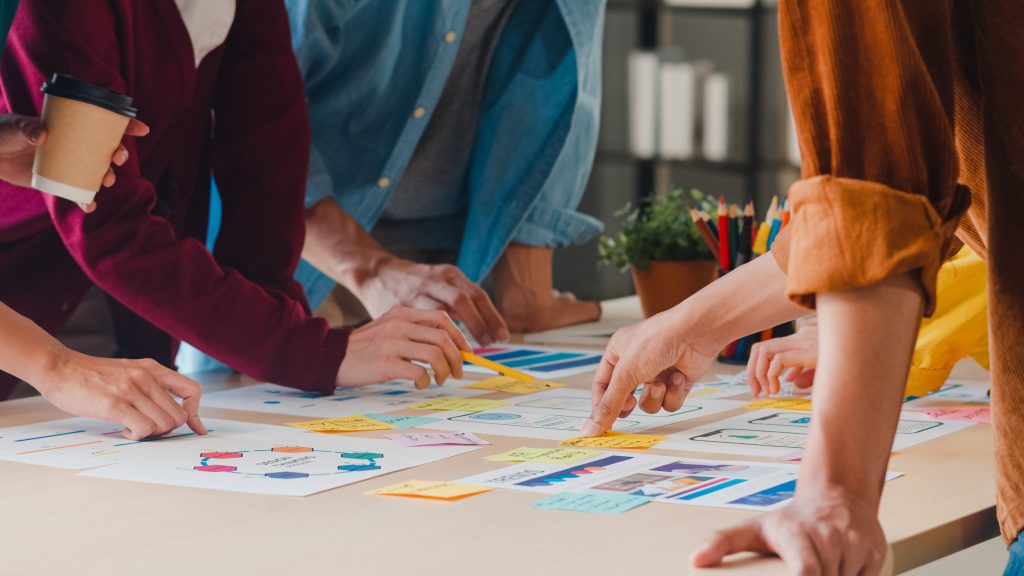There are a lot of problems in education during this pandemic crisis. Each of these concerns can be seen as an opportunity for teachers, school administrators, and parents to design new and improved solutions for your classrooms, schools, and communities. Based on current developments of learning systems utilized globally, it is no doubt that eLearning will soon dominate the learning practices across all parts of the world.
One serious disadvantage of traditional modes of learning is that the lectures and classes may not be revisited in case the students have doubts. However, eLearning allows students to review lessons as many times as needed. The dependence of the students on the teacher is no longer there and learning can be done independently. Online schools adopt practices that foster independent learning. These practices help students develop their skills and become self-reliant.
If you are a teacher, you inspire and influence the lives of your students much more significantly than you imagine. You are someone who can ignite powerful thoughts in students, helping them unleash their true potential.
“In this crisis, teachers have shown, as they have done so often, great leadership and innovation in ensuring that #LearningNeverStops, that no learner is left behind. Around the world, they have worked individually and collectively to find solutions and create new learning environments for their students to allow education to continue. Their role advising on school reopening plans and supporting students with the return to school is just as important.” – UNICEF
Using technology at home or in the classroom can be challenging, especially for those who have little time to prepare. Schools and teachers who are unable to send school devices home have it even tougher. Public school teachers are not equipped enough for virtual classes. It is a big challenge for them.
The challenges facing educators are real, complex, and varied. Design thinking is one of the approaches. You don’t have to use complex applications. Keep things simple.
Read more: Transitioning To The New Learning Paradigm
What is Design Thinking?
Design Thinking is a mindset. It is about believing we can make a difference, and having an intentional process to get to new and relevant solutions that create a positive impact. Design Thinking gives you faith in your creative abilities and a process for transforming difficult challenges into opportunities for design.
Human-Centered
It begins from deep empathy and understanding of the needs and motivations of people.
Collaborative
It benefits from views of multiple perspectives and other’s creativity including your own.
Optimistic
It is the fundamental belief that we all can create change no matter how big a problem, how little time, or how small a budget.
Experimental
It gives you permission to fail and to learn from your mistakes because you come up with new ideas, get feedback on them, then create.
What can I use Design Thinking for?
You can do Design Thinking to approach any challenges. Considering the fast-changing world we live in. To succeed in the future, students need to be adaptable and able to respond quickly. They should be prepared to handle circumstances that they have never experienced before. Design Thinking is one of the most helpful tools you can give your students to ensure they are able to develop innovative solutions to problems they encounter.
Curriculum
Every day you design ways to interact with your students around content.
Spaces
The physical or virtual environment, of the classroom, sends a big signal about how you want your students to behave.
Process & Tools
Every process is already designed and thus can be redesigned to set up your school for success.
Systems
Designing systems is about balancing the complexity of many different stakeholder needs with the needs of the operation.
Now is the time to appreciate the role of teachers in helping students attain their full potential. We should begin to reimagine education and achieve our vision of equal access to quality learning for every learner, during and after COVID-19.
Read more: Social Learning as a Teaching Modality



0 Comments